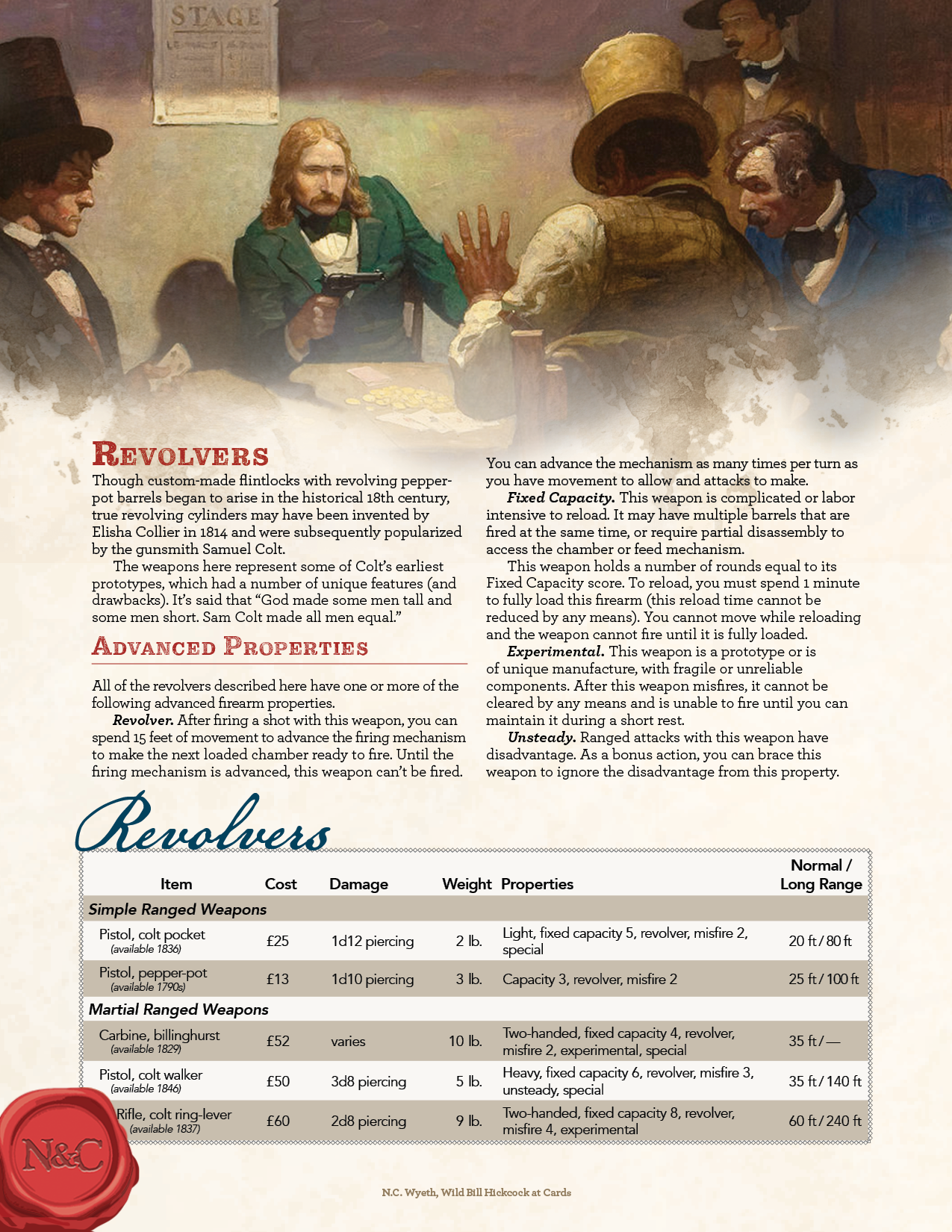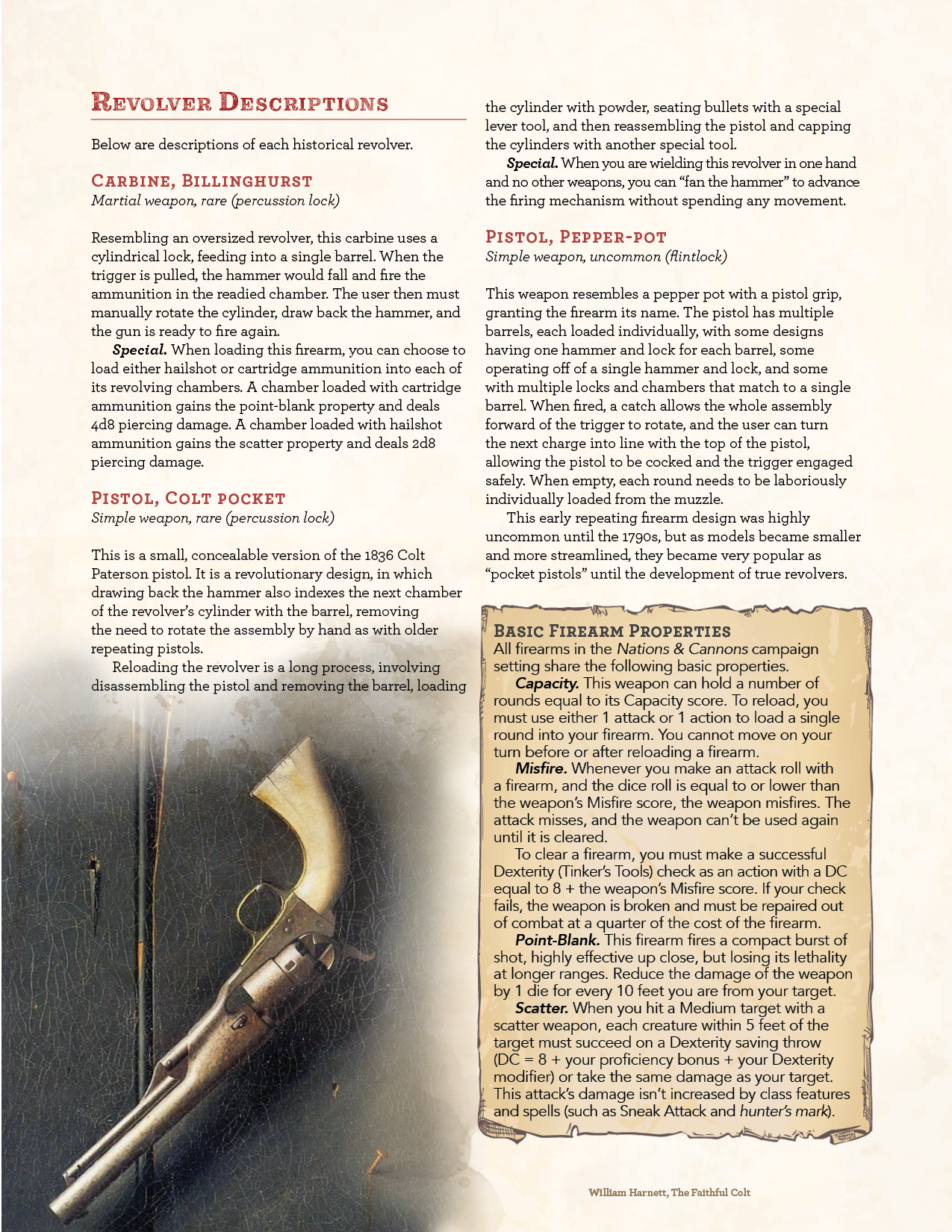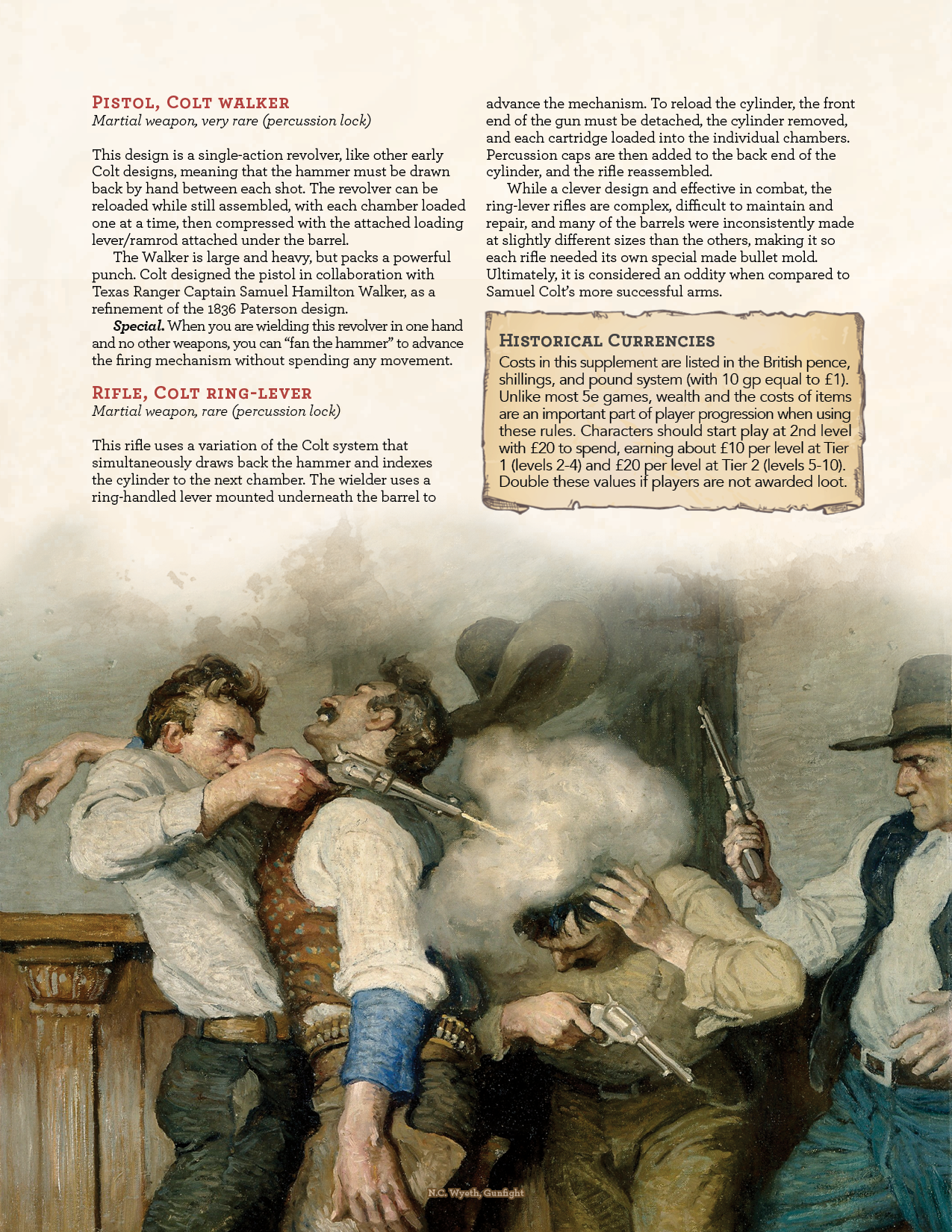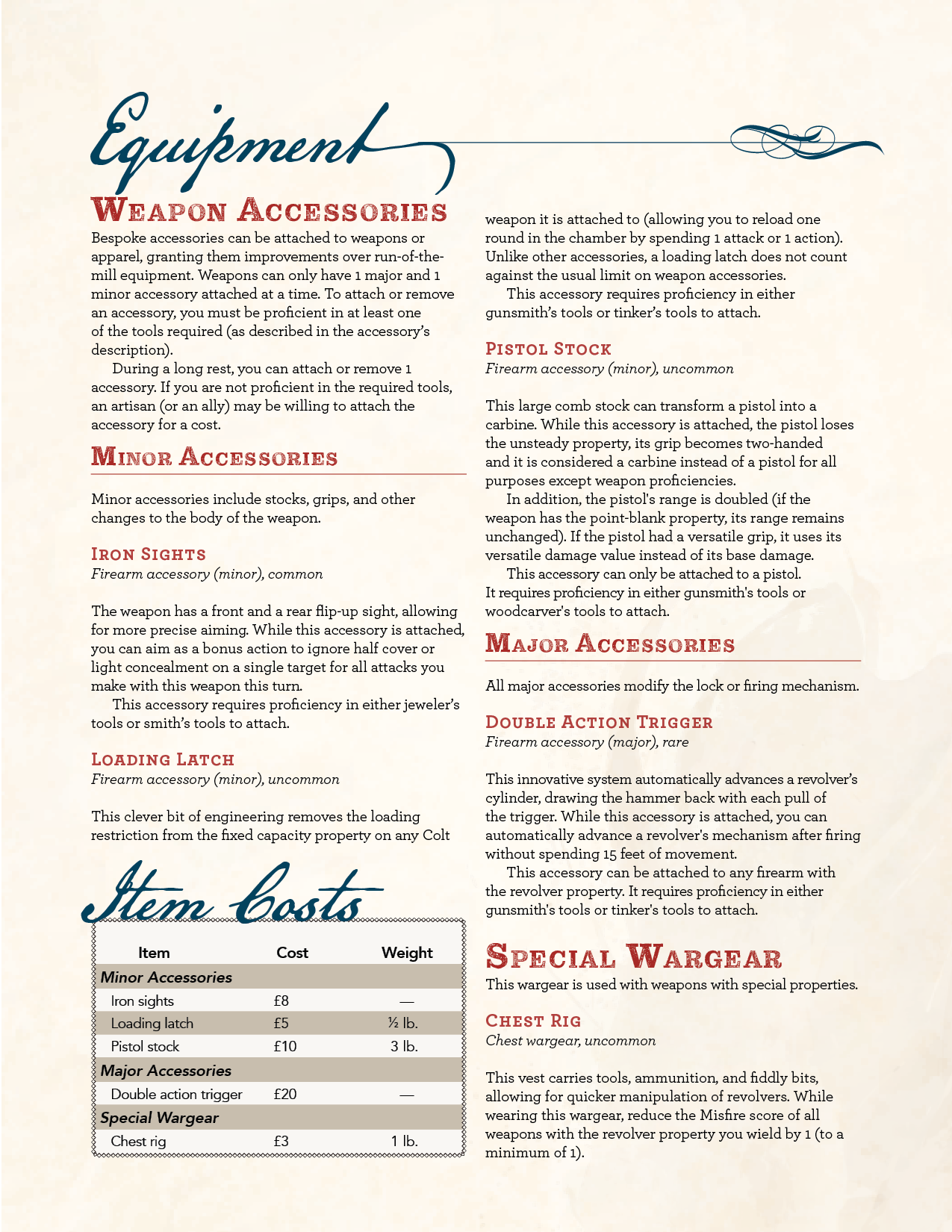Revolvers
Aboard the Corvo, Colt became fascinated with the ship’s wheel, particularly the way it could alternately spin or be locked in a fixed position through the use of a clutch. He translated this controlled rotation to firearms and a means whereby a single-shot pistol could be adapted to fire multiple rounds in quick succession. During his time at sea, Colt carved a six-barrel cylinder, locking pin and hammer out of wood. Although this prototype for a pistol featured multiple rotating barrels, in later versions Colt would opt instead for a rotating cylinder containing multiple bullet chambers to reduce the gun’s weight and bulk.
After returning from his adventure at sea, Colt spent two years traveling North America under the name Dr. Coult, hosting a road show during which he entertained and educated crowds on the uses of nitrous oxide (laughing gas). The profits he saved through his skill as a promoter enabled him to perfect his revolver mechanism, and he hired gunsmiths to create a series of prototypes.
Source: History.com
These firearm stats draw inspiration from the historical iterations that Samuel Colt went through while developing a reliable six-shooter mechanism. The statistics here are balanced against other black powder Flintlocks and Breechloaders, both as flexible light pistols suitable for dual wielding and heavy, powerful “Peacemakers.”
Revolvers are powerful weapons and have certain drawbacks. The earliest Colt prototypes were cumbersome weapons that needed to be partially disassembled to reload after use, and these weapons have the Fixed Capacity trait unless equipped with a Loading Latch accessory. They normally require 15 feet of movement to index the revolver’s cylinder, but the Double Action accessory is an advanced mechanism that removes this drawback.
These powerful accessories are set at a price point relative to single-shot firearms; a character who specializes in revolvers can gain some extra utility by spending wealth to upgrade them.

